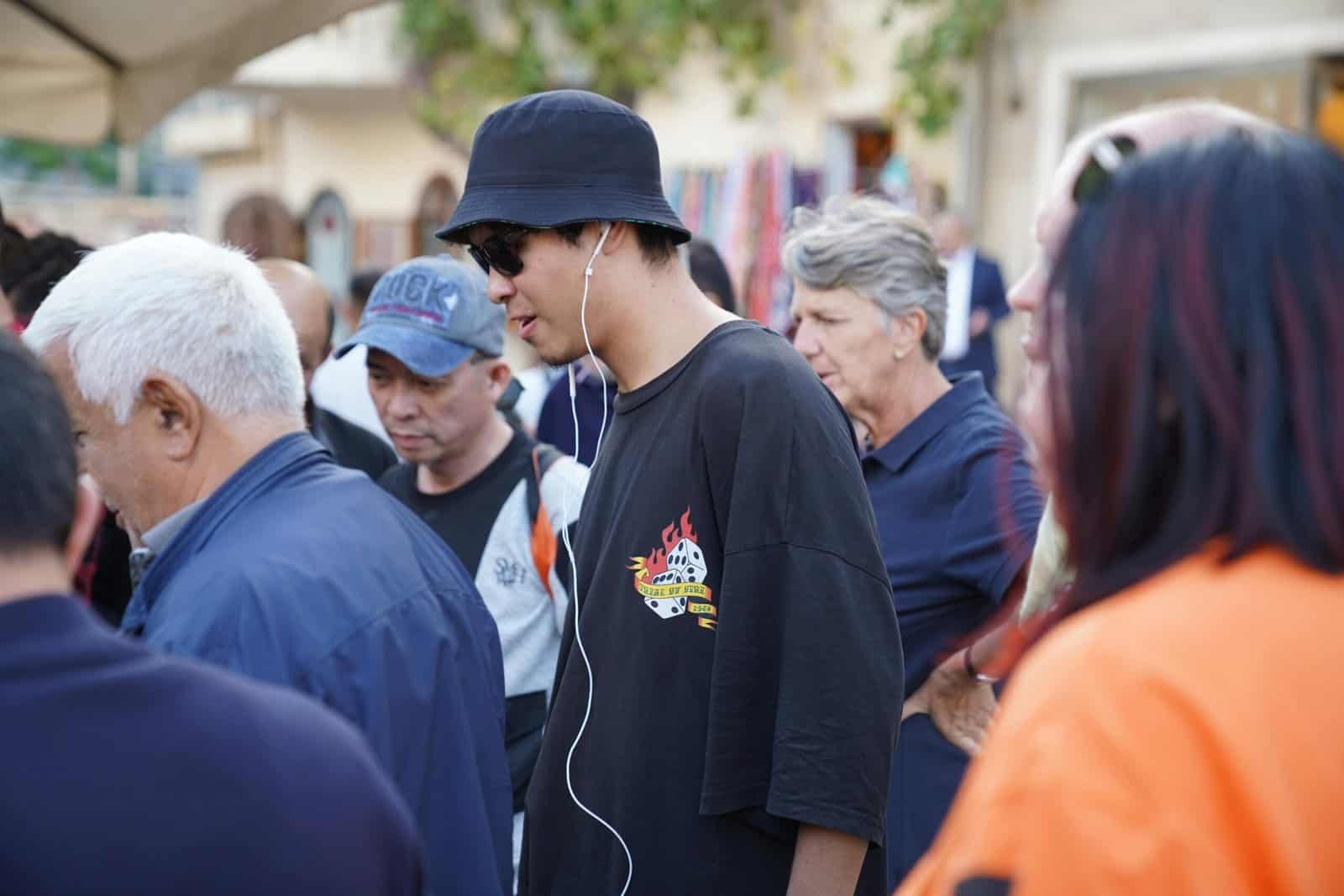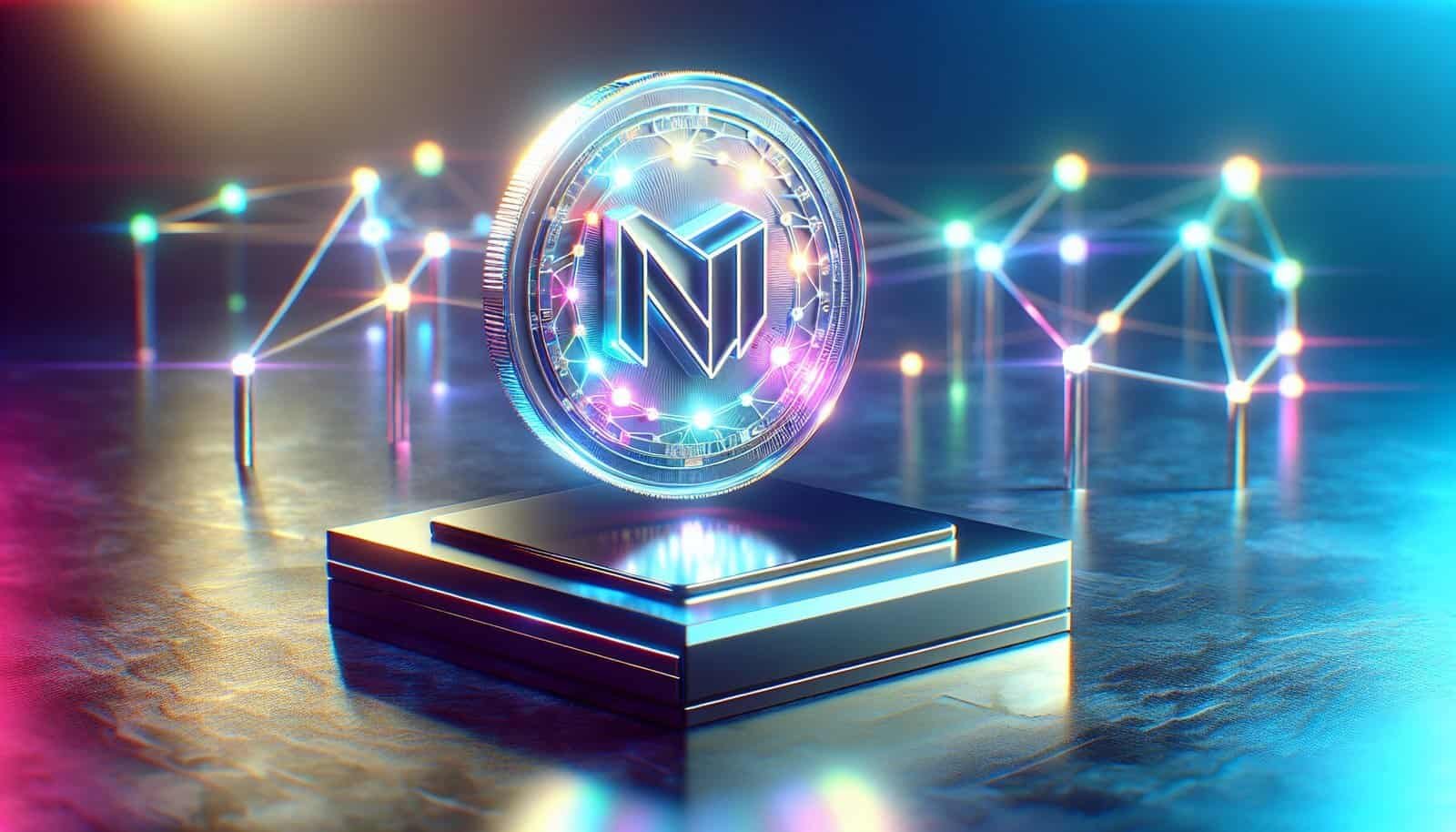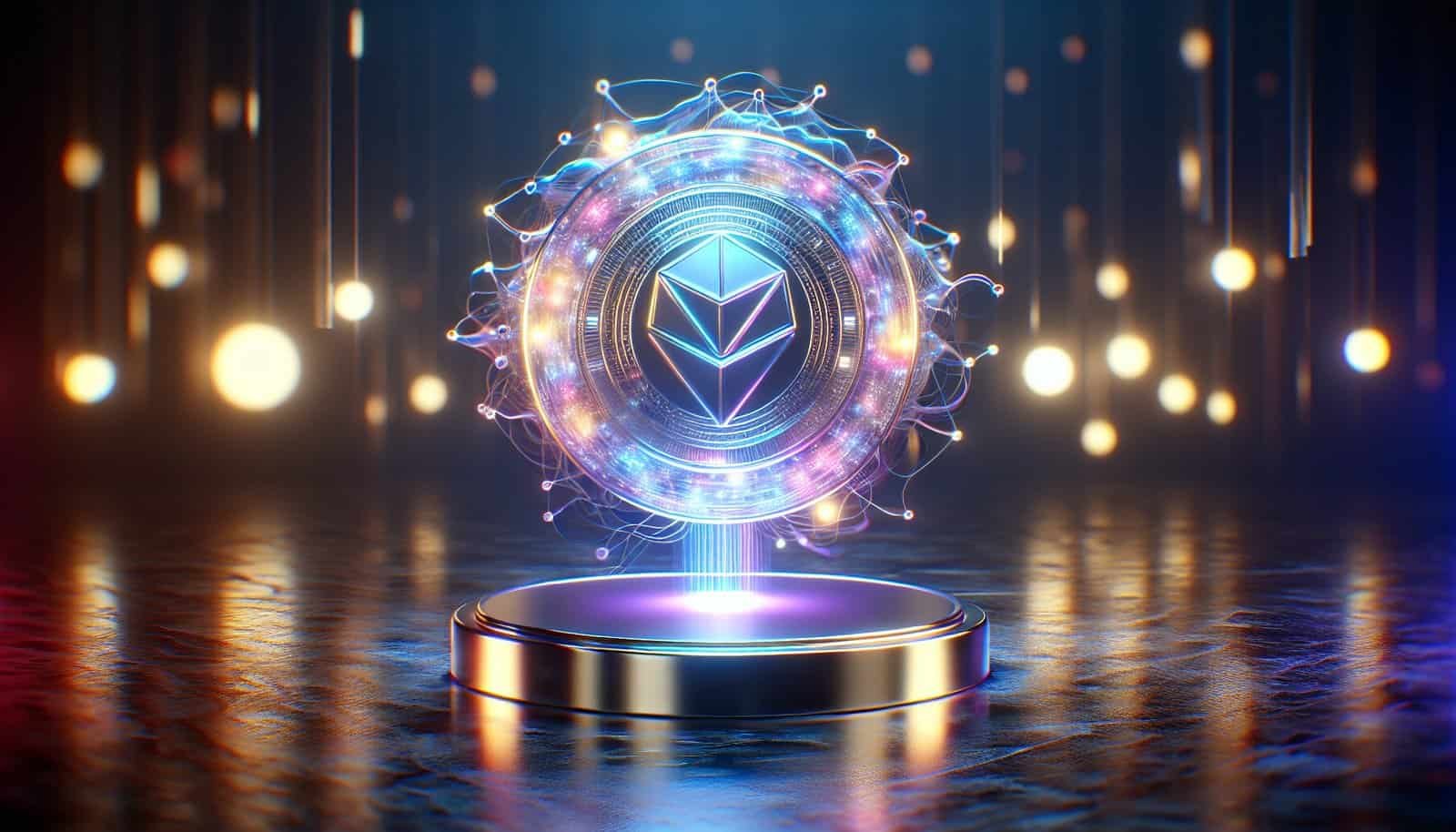? Are you trying to understand how Crypto.com NFT makes buying, selling, and minting NFTs simple while connecting you to the broader Crypto.com ecosystem and multiple blockchains?

Crypto.com NFT – A User-friendly NFT Marketplace Tied To The Crypto.com Ecosystem With Multi-chain Access
This section introduces what Crypto.com NFT is and why it matters. You’ll get a quick orientation to how the marketplace fits inside the Crypto.com universe and offers access across several blockchains.
Crypto.com NFT is a marketplace built by Crypto.com that aims to make non-fungible tokens accessible to collectors, creators, and brands. It integrates with Crypto.com’s broader products — the mobile app, exchange, and wallets — so you can move between fiat, crypto, and NFTs within a single experience. The platform supports multiple blockchains (including major EVM-compatible networks and Crypto.com’s own chains) to reduce friction and give you choices about fees and token standards.
Who this platform is for
This subsection clarifies the target users and common goals. You’ll see where Crypto.com NFT fits your needs.
If you’re a new collector who wants an easy fiat-to-NFT route, a creator who wants a simple minting flow, or an existing Crypto.com user looking to expand into NFTs, this platform is designed for you. Brands and artists who value integrated promotion and partnerships can also leverage the marketplace’s curated drops and promotional tools.
How Crypto.com NFT Fits Inside the Crypto.com Ecosystem
This part explains the ecosystem benefits and how you use them to your advantage. You’ll see how accounts, wallets, and payment rails connect.
Crypto.com NFT ties in with the Crypto.com Exchange, the Crypto.com App, and the Crypto.com DeFi Wallet. That means your existing KYC’d account can enable fiat purchasing, while the DeFi Wallet gives you non-custodial control if you prefer. Integration makes it faster to convert fiat to crypto, use CRO for discounts, or pay with credit cards where supported.
Key ecosystem advantages
Highlighting the conveniences you get when you use Crypto.com products together. You’ll learn why integration matters.
- Fiat on-ramp: Buy NFTs with a credit/debit card or with funds in your Crypto.com App.
- Single-sign convenience: Use your Crypto.com account to manage NFT activity and payments.
- CRO incentives: Occasional promotions and discounts tied to Crypto.com’s native token can reduce fees or unlock offers.
Supported Blockchains and Multi-chain Access
You’ll understand the multi-chain approach and what it means for cost, interoperability, and user experience. This section outlines the common chains and tradeoffs.
Crypto.com NFT supports multiple blockchains to give you choice over transaction costs, speed, and token standards. The platform’s multi-chain access means marketplaces, collections, and minting can occur on different networks. That flexibility is useful if you want to avoid high gas costs or prefer specific standards for compatibility.
Table: Typical Chains and Characteristics
| Chain category | Examples | Typical cost/latency | Why you might pick it |
|---|---|---|---|
| Major EVM chains | Ethereum | Higher gas, higher liquidity | Broad compatibility and higher collector liquidity |
| EVM-compatible/Cronos | Cronos, other EVMs | Lower fees than Ethereum | Lower cost, similar tooling (MetaMask, WalletConnect) |
| Native Crypto.com chains | Crypto.org / Crypto.com Chain | Low fees, integrated with Crypto.com tools | Cheap minting and transfers, good for on-platform activity |
| Layer-2 / Sidechains | Polygon, others (where supported) | Very low fees, fast | Low-cost minting and trading with good interoperability |
Note: Supported chains and their status can change over time. Check the platform’s current documentation for an up-to-date list of networks.
What multi-chain access means for you
This subsection explains practical consequences so you can choose the best path for a transaction.
With multiple chains available, you can mint or buy where fees and speed are most favorable and move assets across chains if needed using bridges or marketplace mechanisms. Be mindful that cross-chain transfers can add complexity and may require additional gas or bridging steps.
Account Setup and Wallet Options
This section walks you through signing up and choosing a custody model. You’ll learn the difference between custodial convenience and non-custodial control.
Getting started usually requires a Crypto.com account if you want fiat payments and immediate marketplace features. You’ll also have the option to connect a non-custodial wallet like the Crypto.com DeFi Wallet, MetaMask, or other WalletConnect-compatible wallets for more control over private keys.
Custodial vs non-custodial
You’ll decide whether you want Crypto.com to manage keys or handle them yourself. Each approach has tradeoffs.
- Custodial (Crypto.com account): Easier onboarding, credit card purchases, and simpler recovery but less direct control over private keys.
- Non-custodial (DeFi Wallet, MetaMask): You control your private keys and remain responsible for backups. This approach is more secure against platform custodial risks but requires careful seed phrase management.
KYC, verification, and fiat payments
This subsection explains what you’ll need if you want to buy with fiat. You’ll get a sense of time to onboard.
If you want to use credit cards or bank transfers to buy NFTs directly, you’ll typically go through the standard Crypto.com KYC verification flow. That verification can take a short time depending on your jurisdiction and documentation. Once verified, you’ll be able to convert fiat to crypto and purchase NFTs without a separate wallet step if you prefer a custodial experience.

Browsing, Collections, and Drops
This section describes how items are presented and what kinds of offerings you’ll find. You’ll learn how curated drops and open mintings differ.
Crypto.com NFT features curated collections, artist drops, and open marketplace listings. Curated drops often involve brand partnerships and scheduled releases that include limited editions or collaborations. The marketplace also supports secondary sales from collectors and creators.
Curated drops vs open marketplace
You’ll learn how to approach different types of listings and what that means for demand and rarity.
Curated drops are typically time-limited and heavily promoted, which can create high initial demand and artist support. The open marketplace contains user-listed items that you can buy, bid on, or add to your watchlist — a good place for steady discovery and acquiring secondary market pieces.
Buying NFTs: Step-by-step
This section provides a clean, actionable sequence so you can complete a purchase. You’ll gain clarity on the decisions and actions required.
- Sign into Crypto.com NFT or connect a supported wallet.
- Fund your account or wallet with the required currency (ETH, CRO, or fiat where supported).
- Locate the NFT via search, collection page, or upcoming drop.
- Choose purchase type: fixed-price buy, auction bid, or participate in a drop.
- Confirm the transaction details and fees, then authorize the purchase with your wallet or Crypto.com account.
- After confirmation on the blockchain, the NFT appears in your wallet/collection.
Table: Purchase Options at a Glance
| Purchase type | How it works | Best for |
|---|---|---|
| Fixed price | Instant buy at listed price | Quick acquisition |
| Auction | Place bids until the auction closes | Rare or highly demanded pieces |
| Drop / Mint | Buy directly during release | First-mint advantages and limited supply |
Paying gas and platform fees
This subsection explains the cost components so you won’t be surprised during checkout.
When you purchase an NFT, you typically pay a marketplace fee plus any blockchain gas fees required to record the transaction. Gas fees depend on the chain you use and can vary dramatically — from nearly zero on some chains to high on congested networks like Ethereum. Crypto.com often advertises competitive marketplace fees and may offer discounts or CRO-based benefits.

Selling and Listing NFTs
You’ll learn how to put NFTs on the market and what to consider when pricing, selecting sale type, and setting royalties.
To sell, you list your NFT either at a fixed price or as an auction. The listing process requires you to select the chain and sale format, set a price or starting bid, and configure creator royalties if you are the original creator. Once listed, the NFT becomes discoverable to buyers, and the platform handles the transfer when a sale executes.
Setting royalties and creator fees
This explains how creators get recurring revenue and what you can set.
Creators can often specify a royalty percentage that pays them on secondary sales. Royalties vary by platform and collection policy, and enforcement depends on marketplace support; Crypto.com supports creator royalties that make it easier for artists to earn ongoing income from future resales.
Minting NFTs: How to Create Your Collection
You’ll get a walkthrough of the typical minting flow and best practices for metadata and IP.
Minting is the process of turning your digital file into a blockchain token. On Crypto.com NFT, you can mint through a guided interface where you upload your file, add metadata (title, description, attributes), set the collection, choose a blockchain, and define royalties. The platform often provides options for limited editions and batch minting.
Metadata, IPFS, and permanence
This helps you protect your work and keep data accessible.
Quality minting includes hosting metadata on decentralized storage like IPFS or ensuring long-term access to art assets. You should also clearly define ownership rights and licensing terms in your metadata or on an external linked page to avoid confusion about what buyers receive.

Fees, Costs, and Payments
This section breaks down the possible costs so you can plan your expenses. You’ll see how network fees and marketplace commissions combine.
When using Crypto.com NFT, you generally face:
- Marketplace fees or commissions on sales.
- Creator royalties for secondary market sales.
- Network gas fees that vary by blockchain and congestion.
- Optional fees for premium listing features or promotion (when offered).
Table: Typical Fee Types and What They Cover
| Fee type | Who pays | What it covers |
|---|---|---|
| Marketplace commission | Seller | Platform operational costs and facilitation |
| Creator royalty | Secondary buyer/seller (deducted from resale) | Ongoing creator revenue |
| Network gas | Buyer or seller (depending on action) | Blockchain transaction processing |
| Fiat processing | Buyer | Card or gateway charges for card purchases |
Reducing costs
This subsection offers practical tips to minimize fees.
To reduce costs, choose lower-fee chains for minting and transfers, time transactions for lower network activity, and consider batch minting if you release many items. Using CRO or participating in platform promotions may also reduce marketplace costs when available.
Wallet Security and Best Practices
Security guidance helps you protect your assets and keep access safe. You’ll learn protocol-level and practical measures.
Protect your NFTs by using strong wallet security: enable two-factor authentication (2FA) on your Crypto.com account if you use a custodial setup, use a hardware wallet for significant collections, and always backup your seed phrase securely offline. Be wary of phishing links and double-check contract approvals before signing transactions.
Common wallet mistakes to avoid
This offers preventive advice and common pitfalls.
- Never share your seed phrase or private key.
- Don’t sign transactions from unknown dApps without verifying intent.
- Avoid using custodial shortcuts for large collections if you need absolute control.
- Regularly review connected applications and revoke permissions you no longer use.

Transfers, Withdrawals, and Cross-chain Moves
This section explains how you move NFTs between wallets and chains and what extra steps may be required.
Transferring an NFT between wallets on the same chain is straightforward and requires paying gas for that network. Moving NFTs across chains commonly involves bridging services or wrapping tokens, which can be more complex and may incur additional fees. Always confirm supported bridges and the asset format before initiating a cross-chain transfer.
What to check before transferring
A quick checklist to keep transfers safe and clean.
- Confirm the destination address is compatible with the token’s chain.
- Verify gas currency and rate.
- Ensure the recipient wallet supports the NFT standard (ERC-721, ERC-1155, etc.).
- Keep transaction receipts and hashes for troubleshooting.
Marketplace Policies and Content Guidelines
This clarifies what you can list and consequences for violating rules. You’ll know what content is permitted and how copyright is enforced.
Crypto.com NFT enforces content and intellectual property policies to maintain quality and legal compliance. You shouldn’t mint or list works you don’t own or have permission to use. The platform generally provides mechanisms for takedown requests and copyright enforcement, but proactive licensing and clear terms with buyers are preferred.
Handling disputes and takedowns
This tells you what to do if you encounter infringement or fraud.
If you believe your IP was used without consent or you were scammed, use the platform’s support channels and provide proof of ownership. For high-value disputes, consider legal counsel to assert rights beyond marketplace actions.
Use Cases and Examples
You’ll see common real-world scenarios showing how different users interact with the marketplace. This provides practical context for decisions.
- Collectors: Buy limited edition drops and trade in the secondary market.
- Creators: Mint art or audio, set royalties, and reach new audiences through drops.
- Brands: Release promotional NFTs tied to events, loyalty, or product perks.
- Gamers: Rep NFT assets or in-game items that can be traded across platforms.
Pros and Cons
A clear comparison helps you decide whether the platform matches your goals. You’ll get an honest assessment.
Table: Pros vs Cons
| Pros | Cons |
|---|---|
| Integrated fiat on-ramp and Crypto.com ecosystem | Marketplace liquidity may be lower than some incumbents |
| Multi-chain support gives flexibility over fees | Cross-chain transfers add complexity |
| Creator royalties and curated drops support artists | Some advanced users prefer full non-custodial setups only |
| User-friendly interface for beginners | Occasional changes in supported chains or features |
Comparison with Other Marketplaces
This part compares Crypto.com NFT to other leading platforms to contextualize strengths and differences. You’ll be able to weigh options for your needs.
Compared to larger decentralized marketplaces, Crypto.com NFT emphasizes user experience and integration with fiat services. Other platforms may offer broader decentralization, more extensive third-party integrations, or higher liquidity in certain niches. Your choice depends on whether you value fiat convenience and brand drops or maximum open-market exposure.
Tips to Maximize Results (For Creators and Collectors)
Actionable tips help you get the most from the marketplace. You’ll learn promotional, pricing, and technical best practices.
- For creators: Build a community on social channels before a drop to increase initial demand. Use clear licensing language and high-quality metadata.
- For collectors: Set alerts for drops and watchlist items to act quickly, and factor in gas when bidding.
- General: Keep records of all transactions and verify smart contract interactions before approval.
Frequently Asked Questions (FAQs)
This section answers common questions so you can resolve typical uncertainties quickly. You’ll get concise, clear responses.
Q: Can you buy NFTs with a credit card on Crypto.com NFT? A: In many jurisdictions, yes — the platform supports fiat purchases through Crypto.com account integrations and select card processors. You’ll likely need to complete KYC first.
Q: Are royalties enforced on secondary sales? A: Crypto.com NFT supports creator royalties, which the marketplace enforces on-platform. Enforcement outside the platform depends on the receiving marketplace’s policies.
Q: How do you withdraw an NFT to an external wallet? A: Use the platform’s transfer feature to send the NFT to an external address compatible with the asset’s chain. Expect to pay network gas for the transaction.
Q: Is minting gas-free? A: That depends on the chain. Some chains or minting promotions may reduce or cover gas, while major networks like Ethereum typically require gas payments.
Troubleshooting and Support
This gives practical steps to resolve common problems and where to get help. You’ll know the right channels to contact when something goes wrong.
If a transaction fails, check the blockchain explorer using the transaction hash to see the status. For account or marketplace issues, use Crypto.com’s official support channels and include transaction IDs, wallet addresses, and screenshots. If you suspect fraud, act quickly to report it and preserve evidence.
Future Trends and What to Watch
This forward-looking section suggests what you might expect as the NFT space evolves. You’ll be prepared for upcoming shifts in technology and market behavior.
Watch for increased cross-chain tooling, improved metadata permanence (IPFS and decentralized hosting), more interactive or programmable NFTs, and deeper brand integrations that tie NFTs to real-world utility. Additionally, regulatory clarity and platform interoperability will shape how marketplaces operate.
Final Thoughts and Practical Next Steps
A short conclusion to tie everything together and give you immediate actions. You’ll leave with a clear sense of what to do next.
If you’re just starting, sign up for Crypto.com and complete verification to test small purchases and learn the UX. If you’re a creator, prepare artwork, metadata, and a simple promotion plan before minting. Always prioritize wallet security and keep fees in mind when choosing the blockchain for your operations.
If you want, I can create a tailored step-by-step checklist for your first NFT mint or purchase on Crypto.com NFT, guide you through wallet choices, or compare platform features based on your priorities. Which would you prefer?
